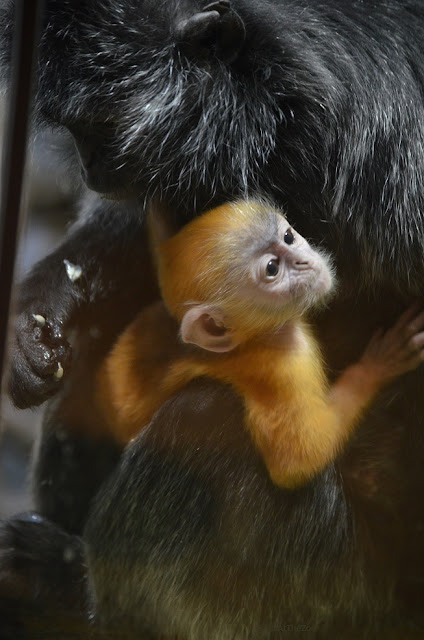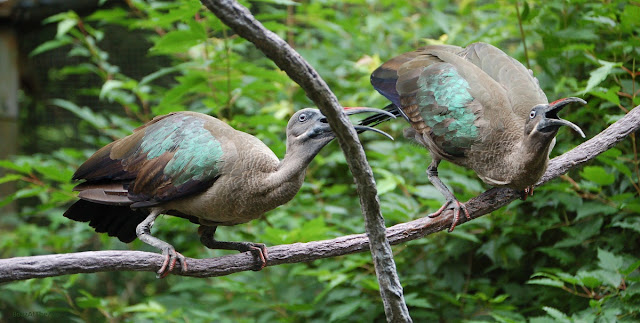Depth of field is the part of a camera's view that's in focus. The entire view, from the lens to infinity, can be in focus or only a certain range can be in focus. The in-focus zone can be a few feet deep, a few millimeters deep, or other depths. Also, the in-focus zone can be close to the camera or far from it.
Often, a photo looks better when the subject is in focus and the background is not. Look at the hamerkop [that used to be] at the top of this page or most of my 'best of 2018' shots and you'll see the animal in focus and fuzzy color in the background
I've understood since I was a kid, when I had a fixed-focus camera, that the depth of field is affected by the aperture. A smaller aperture yields a larger depth of field and a larger aperture yields a shallower depth of field. What I'm learning now is that the length of the lens affects the depth of field, too: A longer lens yields a shallower depth of field.
I like to zoom-in (use a longer focal length) on my subjects, so my photos usually have a shallow focus range. That works out great for many of them. It did not work out for this silvered leaf langur:
 |
| Focus is on the langur's ear. |
I wanted the whole monkey to be in focus, but I looked at the photo on the camera and could tell the langur's hands were not in focus. I took another shot:
 |
| The langur's hands are in focus. |
 |
| Comparison of the langur photos |
The langur was sitting on a branch, hands folded on its feet, with its head down on the far side of its hands. The depth of field was apparently only a few inches.
I had the camera in full automatic mode, as I almost always do, and it didn't occur to me switch to semi-manual mode and choose a smaller aperture to try to get the whole picture in focus. Use of a smaller aperture requires a corresponding reduction in shutter speed, and a slower shutter can lead to blurring because of camera motion or underexposure. I think I could have gotten away with a change of one step; next time I'll think if it!

























